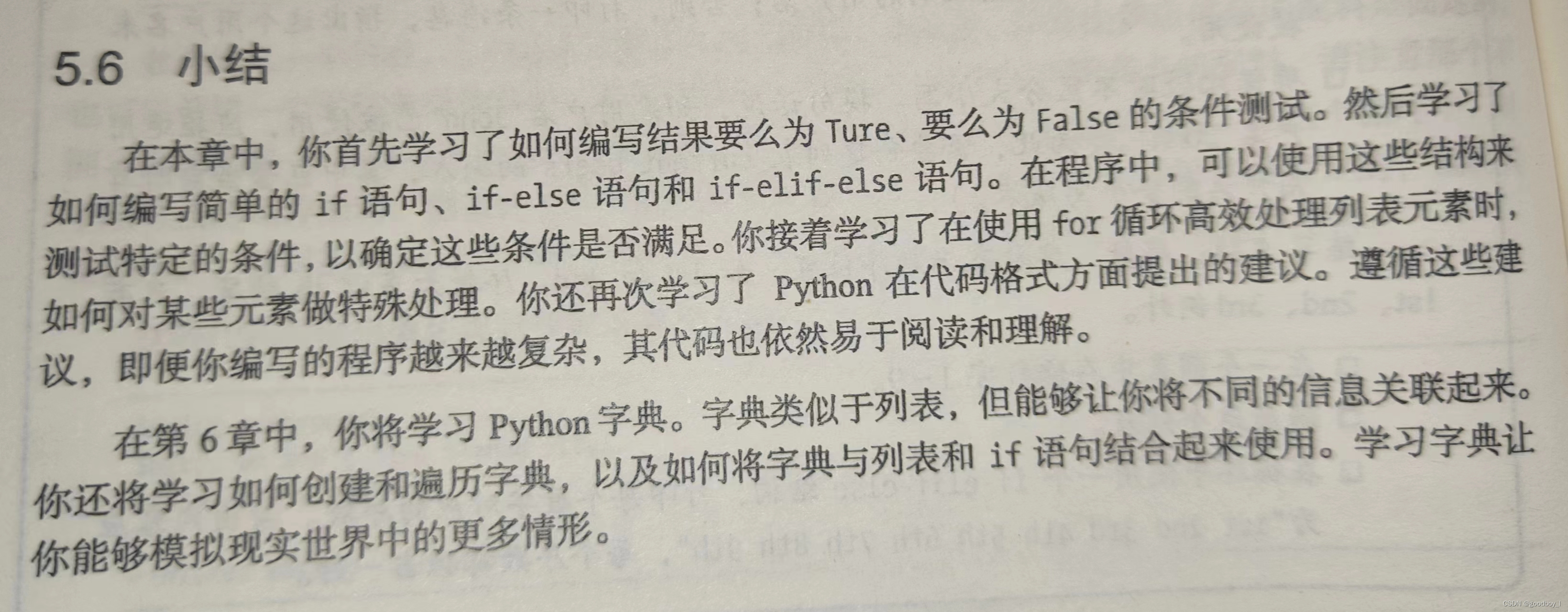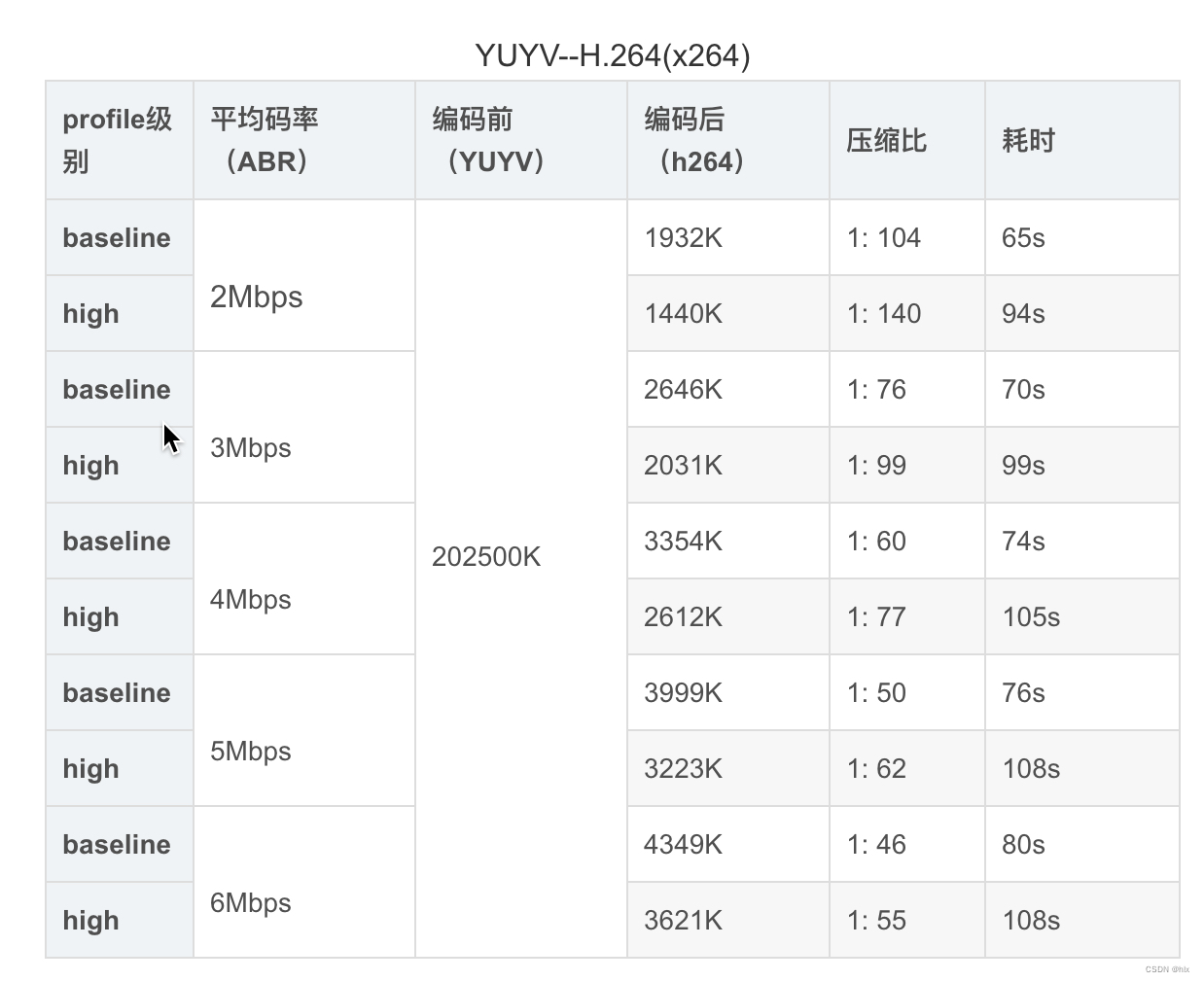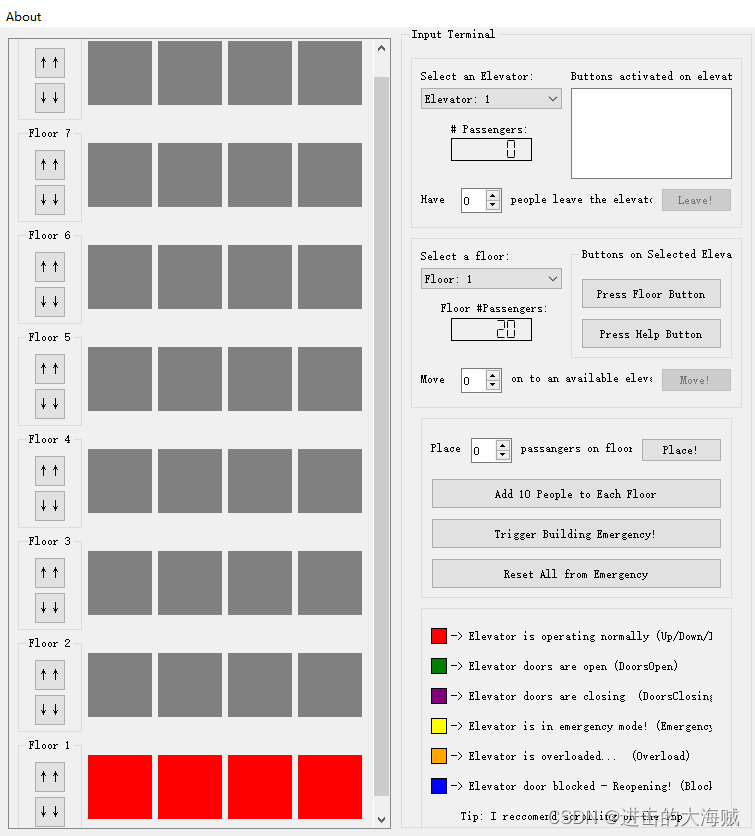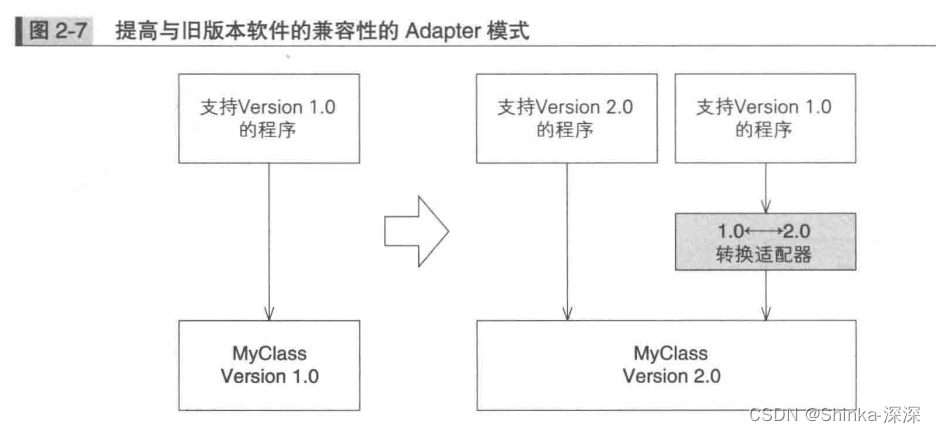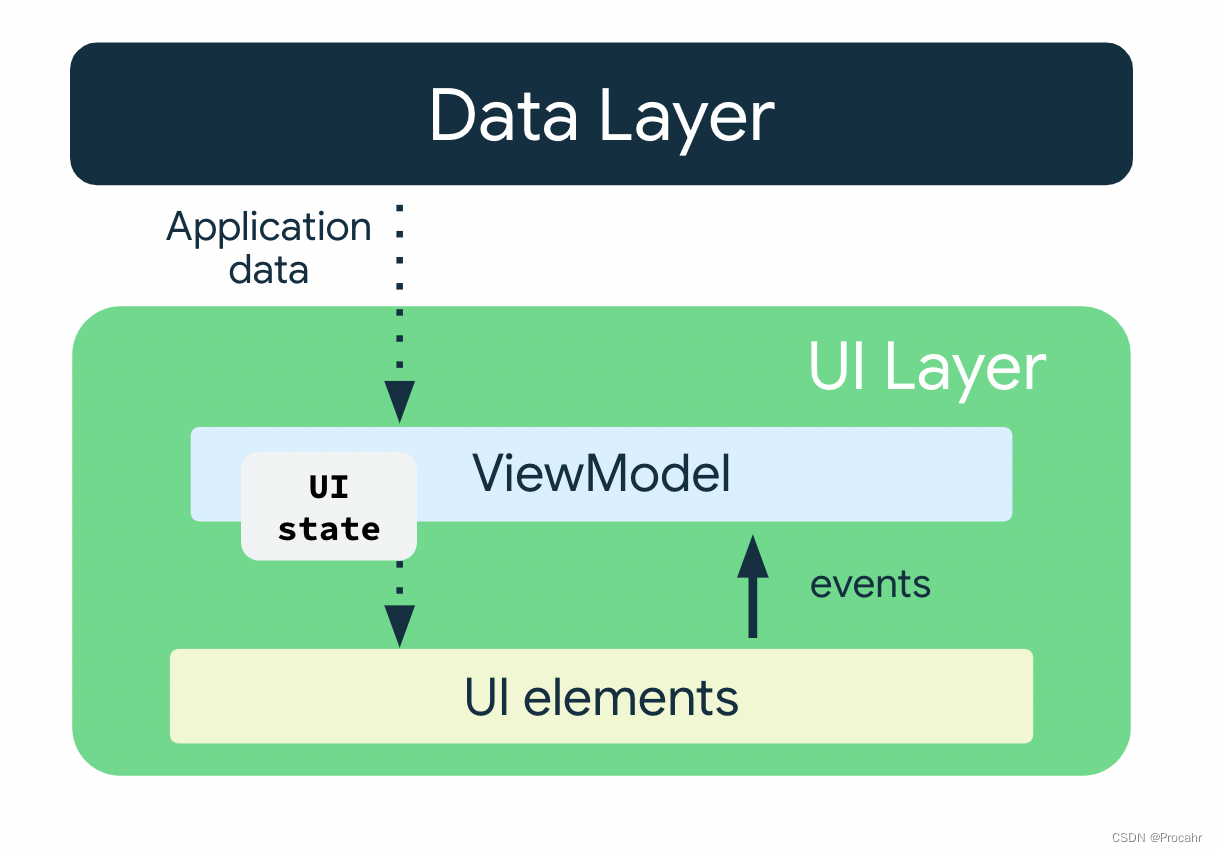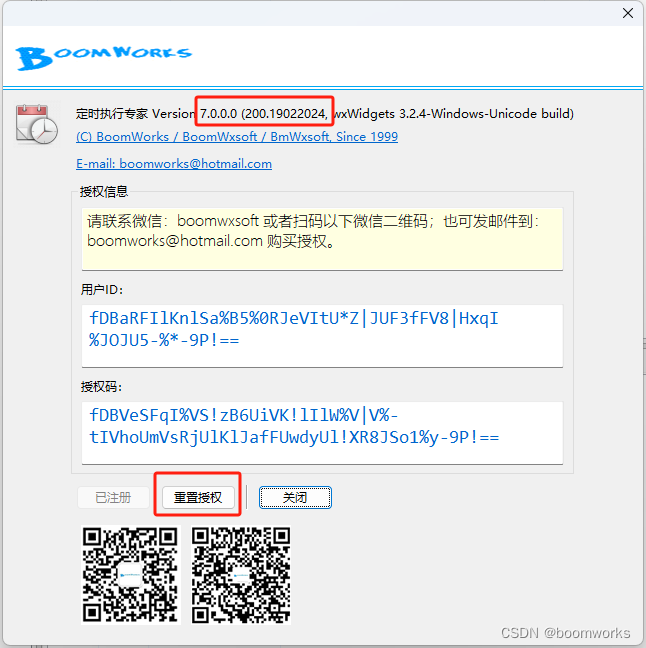目录
5.1 一个简单的示例
5.2 条件测试
5.2.1 检查是否相等
5.2.2 如何在检查是否相等时忽略大小写
5.2.3 检查是否不等
5.2.4 数值比较
5.2.5 检查多个条件
5.2.6 检查特定的值是否在列表中
5.2.7 检查特定的值是否不在列表中
5.2.8 布尔表达式
5.3 if 语句
5.3.1 简单的if语句
5.3.2 if-else语句
5.3.3 if-elif-else语句
5.3.4 使用多个elif代码块
5.3.5 省略else代码块
5.3.6 测试多个条件
5.4 使用if语句处理列表
5.4.1 检查特殊元素
5.4.2 确定列表非空
5.4.3 使用多个列表
5.5 设置if语句的格式
5.6 小结
5.1 一个简单的示例
cars=['audi','bmw','subaru','toyota']
for car in cars:
if car=='bmw':
print(car.upper())
else:
print(car.title())
#输出
#Audi
#BMW
#Subaru
#Toyota5.2 条件测试
5.2.1 检查是否相等
5.2.2 如何在检查是否相等时忽略大小写
使用lower()方法
5.2.3 检查是否不等
使用不等运算符"!="
5.2.4 数值比较
5.2.5 检查多个条件
使用and和or
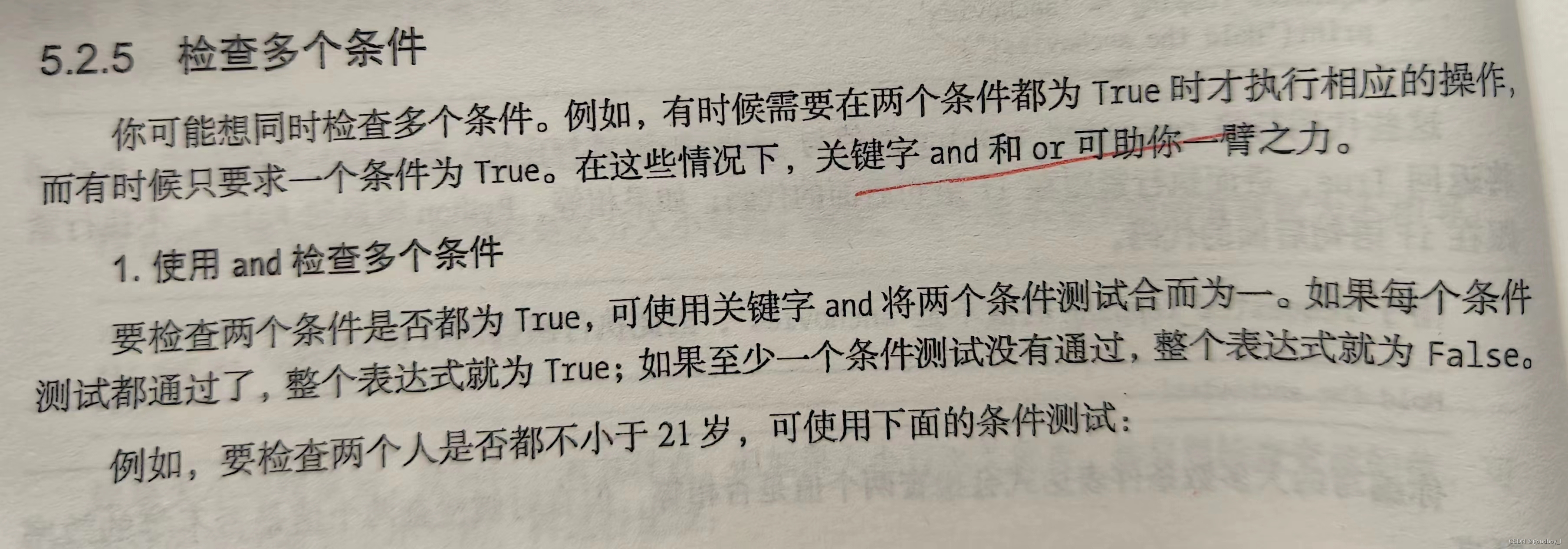

5.2.6 检查特定的值是否在列表中
可使用关键字"in"
requested_toppings=['mushrooms','onions','pineapple']
print('mushrooms' in requested_toppings)#输出为True
print('pepperoni' in requested_toppings)#输出为False5.2.7 检查特定的值是否不在列表中
可使用关键字"not in"
requested_toppings=['mushrooms','onions','pineapple']
print('mushrooms' not in requested_toppings)#输出为False
print('pepperoni' not in requested_toppings)#输出为True5.2.8 布尔表达式

5.3 if 语句
5.3.1 简单的if语句
5.3.2 if-else语句
5.3.3 if-elif-else语句
5.3.4 使用多个elif代码块
5.3.5 省略else代码块
5.3.6 测试多个条件
5.4 使用if语句处理列表
5.4.1 检查特殊元素

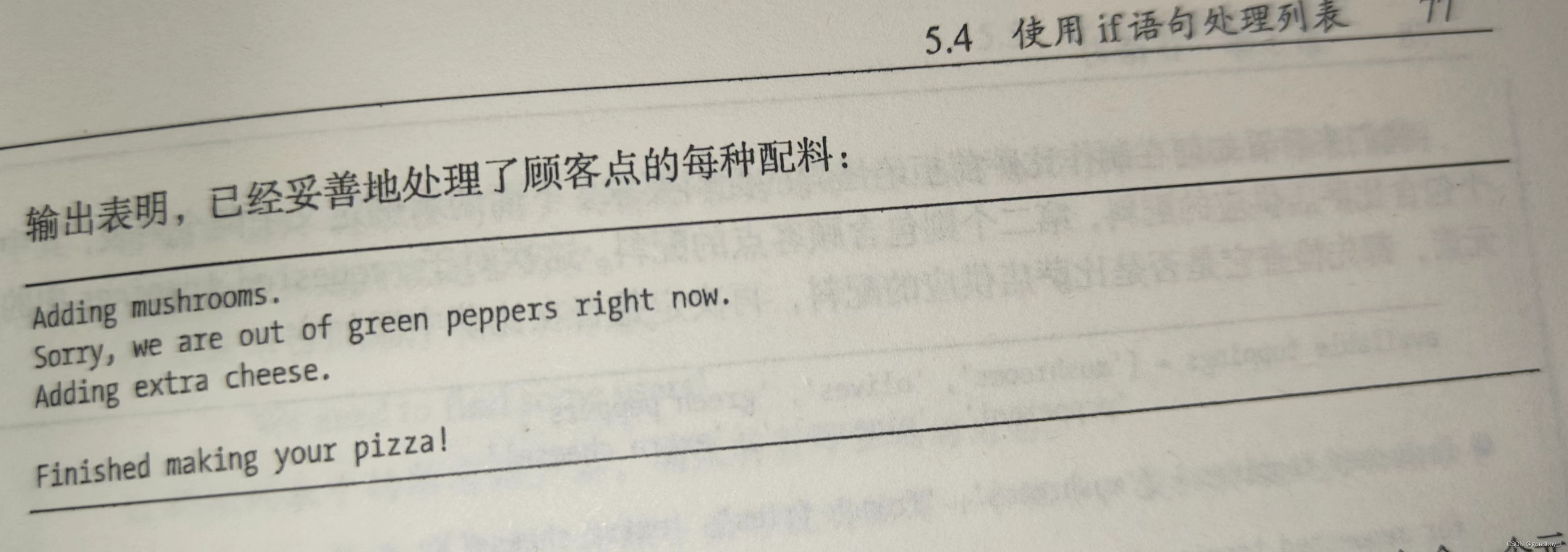
5.4.2 确定列表非空

5.4.3 使用多个列表


5.5 设置if语句的格式


5.6 小结
